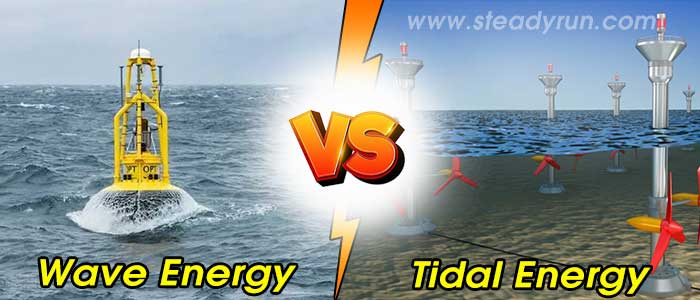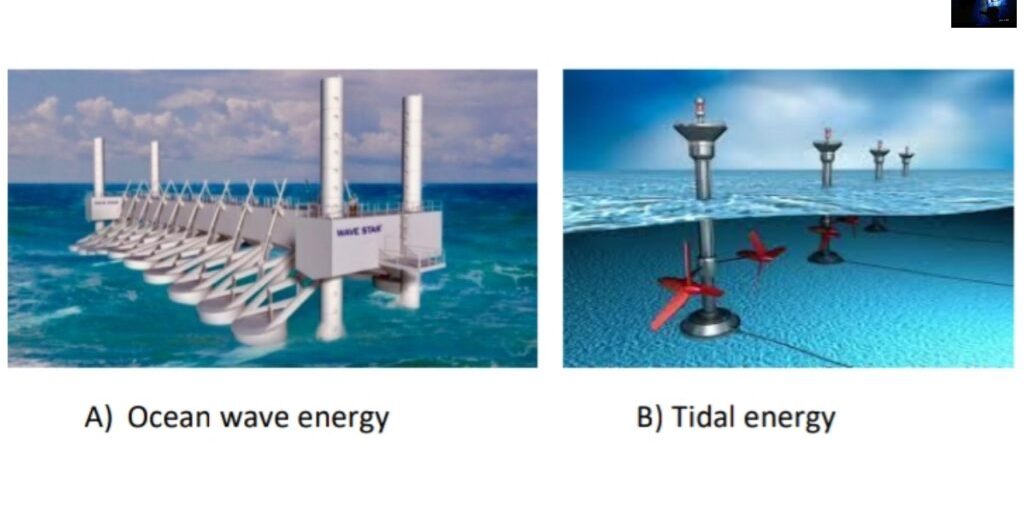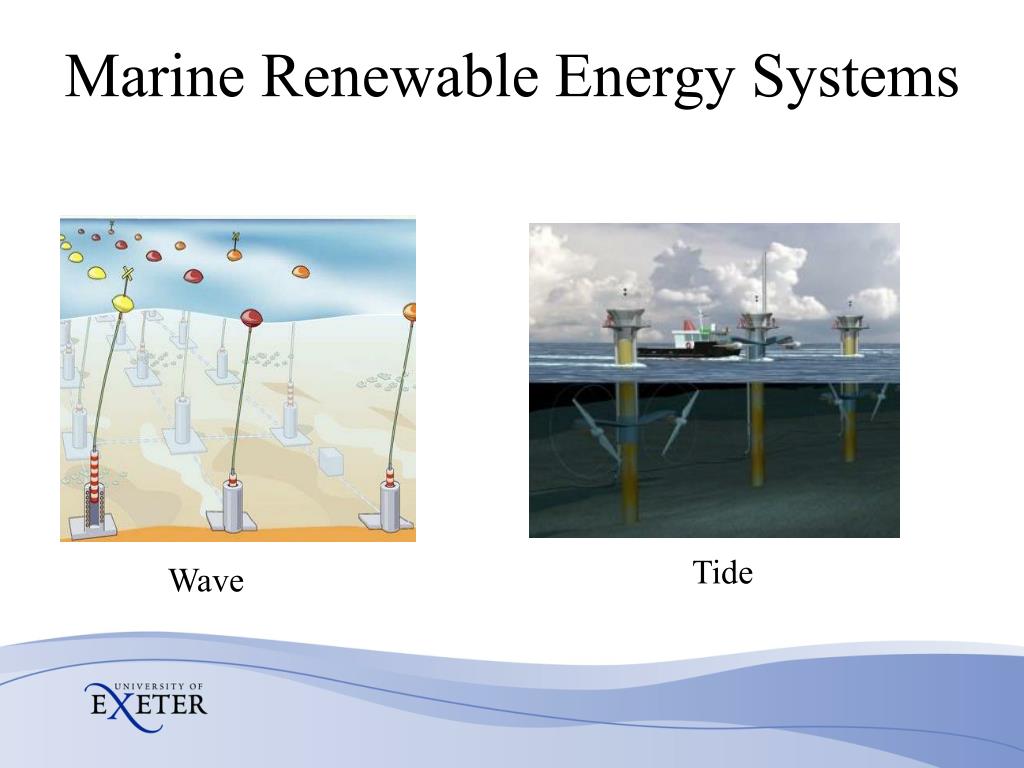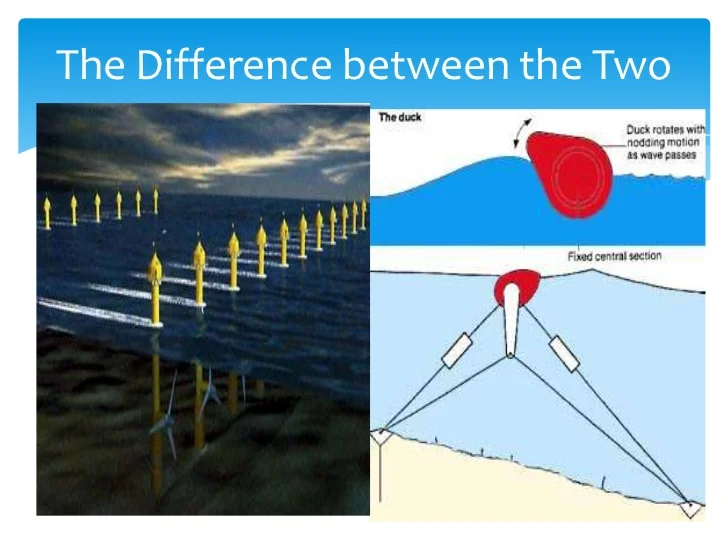
Introduction
Renewable energy sources such as wave and tidal energy have the potential to significantly contribute to the global energy transition. In this article, we will explore the differences between wave and tidal energy, their historical background, key concepts, main discussion points, case studies, current trends, challenges, controversies, future outlook, and conclude with a summary of the main points discussed.
Historical Background
Wave energy has been harnessed and studied for centuries, with early developments dating back to the 18th century. Inventors first explored the possibility of using wave power to generate electricity during this time. Over the years, advancements in wave energy technology have led to the development of more efficient and reliable wave energy converters.
Similarly, tidal energy has a long history of use, with civilizations living near coastlines utilizing the power of tides for various purposes throughout the centuries. The installation of the world’s first tidal power station in France in the mid-20th century marked the beginning of tidal energy technology development.
Key Concepts
Wave energy refers to the harnessing of energy carried by ocean waves. Waves are created by the wind’s force on the surface of the ocean, and their characteristics determine the potential energy that can be extracted. Various technologies, such as wave energy converters, are used to capture and convert this energy into electricity.
Tidal energy, on the other hand, is generated by the movement of tides, which are caused by the gravitational pull of the moon and the sun. Devices like tidal turbines capture the kinetic energy of tidal currents and convert it into electricity.

The main difference between wave and tidal energy lies in their source. Wave energy is derived from the wind’s interaction with the ocean surface, while tidal energy is a result of gravitational forces. Additionally, the technologies used to harness each type of energy differ.
Main Discussion Points
The feasibility of wave and tidal energy projects is influenced by differences in resource availability and predictability. Factors such as coastal geography and prevailing weather conditions affect the availability of wave energy. While waves can be more abundant in certain coastal regions, their predictability is influenced by factors like storm patterns. In contrast, tidal energy provides a more predictable resource due to the regularity of tidal cycles.
Variations in energy conversion technologies are another important point of distinction between wave and tidal energy. Different devices, such as oscillating water columns and point absorbers, have been developed to efficiently capture wave energy. Similarly, tidal energy conversion devices like tidal stream turbines and tidal barrages have different designs and functionalities.
Environmental impacts and considerations play a crucial role in evaluating the sustainability of wave and tidal energy projects. Wave energy projects may have potential environmental impacts such as disturbance to marine ecosystems and changes in sediment transport. Tidal energy projects, particularly tidal barrages, can impact estuarine ecosystems and alter tidal flow patterns. Assessing these potential impacts and implementing mitigation measures is essential.
Case Studies
Real-world examples of wave energy projects include the European Marine Energy Centre (EMEC) in Orkney, Scotland, and the Wave Hub project in Cornwall, England. These projects aim to test and demonstrate wave energy technologies, providing valuable insights into their performance and feasibility.
Tidal energy projects, such as the MeyGen project in Scotland and the La Rance tidal power plant in France, showcase the potential of tidal energy as a reliable and consistent source of renewable energy. The MeyGen project utilizes tidal turbines to generate electricity, while the La Rance power plant has been operational since 1966 and continues to produce significant amounts of energy.
Current Trends and Developments
Recent advancements in wave energy technologies include the development of more efficient wave energy converters and the integration of advanced control systems. These advancements aim to increase the reliability and cost-effectiveness of wave energy systems, making them more attractive for commercial deployment.

In the field of tidal energy, significant progress has been made in improving the performance and efficiency of tidal turbines. Ongoing research focuses on optimizing turbine designs, enhancing monitoring and maintenance systems, and exploring the potential of underwater tidal kites and oscillating hydrofoils.
Challenges and Controversies
Wave energy faces challenges such as high costs of technology development and deployment, as well as the need for robust and reliable devices that can withstand harsh ocean conditions. Potential impacts on marine ecosystems and conflicts with other marine activities also pose challenges to the widespread adoption of wave energy.
Tidal energy encounters challenges such as limited suitable locations for tidal barrages and concerns about the impact on marine life, particularly fish migration patterns. The high upfront costs of tidal energy projects and the need for efficient grid integration are additional challenges to be addressed.
Controversies surrounding wave and tidal energy include differing viewpoints on the aesthetic impact of wave energy devices on coastal landscapes and potential conflicts with other marine users, such as shipping and fishing industries. Stakeholder engagement and thorough environmental assessments are crucial in addressing these controversies and finding balanced solutions.
Future Outlook
The future growth and development of wave energy depend on continued technological advancements, cost reductions, and supportive policy frameworks. As the understanding of wave energy potential improves and more reliable devices are developed, it is expected that wave energy will play a larger role in the global energy mix.

Similarly, the expansion of tidal energy relies on advancements in turbine designs, improved environmental monitoring, and a favorable regulatory environment. With careful planning and consideration of environmental impacts, tidal energy has the potential to provide a significant contribution to renewable energy generation.
Conclusion
Understanding the difference between wave and tidal energy is crucial for the successful harnessing and integration of these renewable energy sources. Wave and tidal energy have distinct characteristics, technologies, and environmental considerations that need to be carefully evaluated. By addressing challenges, supporting ongoing research and development, and considering the future outlook, wave and tidal energy can contribute to a sustainable and decarbonized energy future.
References:
Smith, G., & Bahaj, A. S. (2018). Marine renewable energy: The ecological implications of altering the hydrodynamics of the marine environment. Renewable and Sustainable Energy Reviews, 82, 1280-1295.
Vega, L. A., & de Andrés, A. (2019). The development of tidal energy in Europe: Current status and future prospects. Renewable and Sustainable Energy Reviews, 102, 46-60.
Wave Energy Scotland. (2021). Retrieved from https://www.waveenergyscotland.co.uk/
European Marine Energy Centre. (2021). Retrieved from https://www.emec.org.uk/




